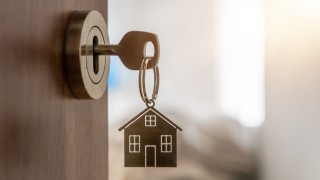Most home owners like to create an extra space in their apartment, and this is usually done by basement finishing. But before carrying out a basement finishing, there are some essential steps that needs to be taken to ensure the basement is safe for occupants of the home.

The first steps in planning a finished basement are listed below:
Inspect for signs of dampness: Check for any form of still water in and around your basement walls. Inspect the corners and windows of your basement. Also, check to see if you’ll find mould or mildew. Mould and Mildew can grow on walls, floor, windows, or even on the wood beams and framing on the floor above the basement. The presence of mould and mildew in your basement poses health dangers including respiratory problems to occupants. Create the most ideal basement that perfectly fits your need with AGM Basement.
Find the source of the dampness in your basement. Dampness in a basement can be caused by a number of factors including crack in the wall or the floor of the basement, a leaking window, a faulty drainage system below the basement and inadequate removal of water from the foundation. It is important to find solutions to these problems immediately to keep your basement dry
Check for any form of cracks in the basement wall or floor. Deep cracks in the basement wall or floor indicates a foundation problem. If you notice any crack in the wall or floor of your basement, have it fixed before you proceed with your basement finishing.
Consult a basement finishing expert to help you inspect your basement prior to renovation. This will help you know if there are poisonous gases like Radon accumulating under your basement. Many homes are usually built with drainage beneath the basement, but the building style in your area might be different. A basement renovation expert will advise you on how best to keep your basement dry and safe for your family.
Know the local codes for building in your residential area before you start your basement renovation. Most residential areas usually specify the number of windows and doors needed in a basement in case of disaster. Some also indicate the number of stairs to be built in the basement. But always remember to take the precautions guiding basement finishing in your area as the safety of your family should be your utmost priority when looking to finish your basement.
Plan ahead for fixing of suitable vapour barriers and insulation materials. It is necessary you fix a vapour barrier during the insulation of the exterior walls protecting the basement. This is to serve as protection against vapour and moisture. You should also fix an insulating material before you finish your basement floor.
Always double check your plumbing channels to be sure there is no crack or leak in any of the pipes. Inspect the bathroom pipes, washing machine hose and other facilities that use water in your basement.
By diligently following these steps, you can be sure of having a dry, safe and healthy finished basements.



